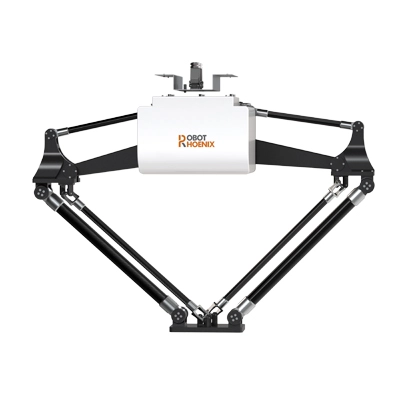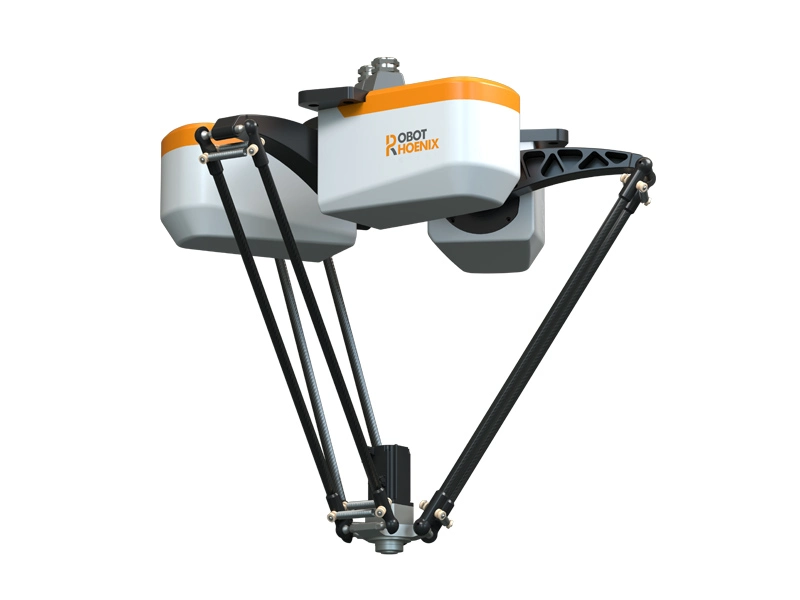Industrial robots are becoming increasingly popular in manufacturing and other industries, but many companies are hesitant to invest in them due to their perceived high cost.
Understanding the Cost of Industrial Robots
Types of Industrial Robots
There are several types of industrial robots for sale, and the cost can vary depending on the type. For example, Cartesian robots tend to be less expensive than articulated robots, which have more complex movements. Additionally, collaborative robots (cobots) tend to be less expensive than traditional robots because they are designed to work alongside humans and require fewer safety features.
Factors that Affect Cost
There are several factors that can impact the manufacturing robots cost, including the complexity of the robot, the level of customization required, and the type of application. Other factors that can impact cost include the size of the robot, the payload capacity, and the type of end effector (the tool or device attached to the end of the robot arm).
The Benefits of Investing in Industrial Robots
While the initial cost of industrial robots may seem high, the benefits of investing in them can outweigh the cost in the long run. In this article, we will explore the benefits of investing in industrial robots and how they can improve operations and increase profitability.
Increased Efficiency and Productivity
One of the primary benefits of modern industrial robots is increased efficiency and productivity. Robots can work around the clock without the need for breaks or rest, which means that production can continue even when employees are not present. Additionally, robots can complete tasks faster and more accurately than humans, resulting in faster production times and higher quality products.
Reduced Labor Costs
Another advantage of pick and place industrial robot is reduced labor costs. By automating tasks, companies can reduce the need for manual labor and the associated costs. Additionally, robots can perform tasks with precision, which reduces the risk of errors or defects. This can result in higher quality products and fewer returns or recalls.
 Learn More
Learn More 
 EN
EN  ja
ja  ko
ko  fr
fr  de
de  es
es  ru
ru  pt
pt  ar
ar  vi
vi  ur
ur 





